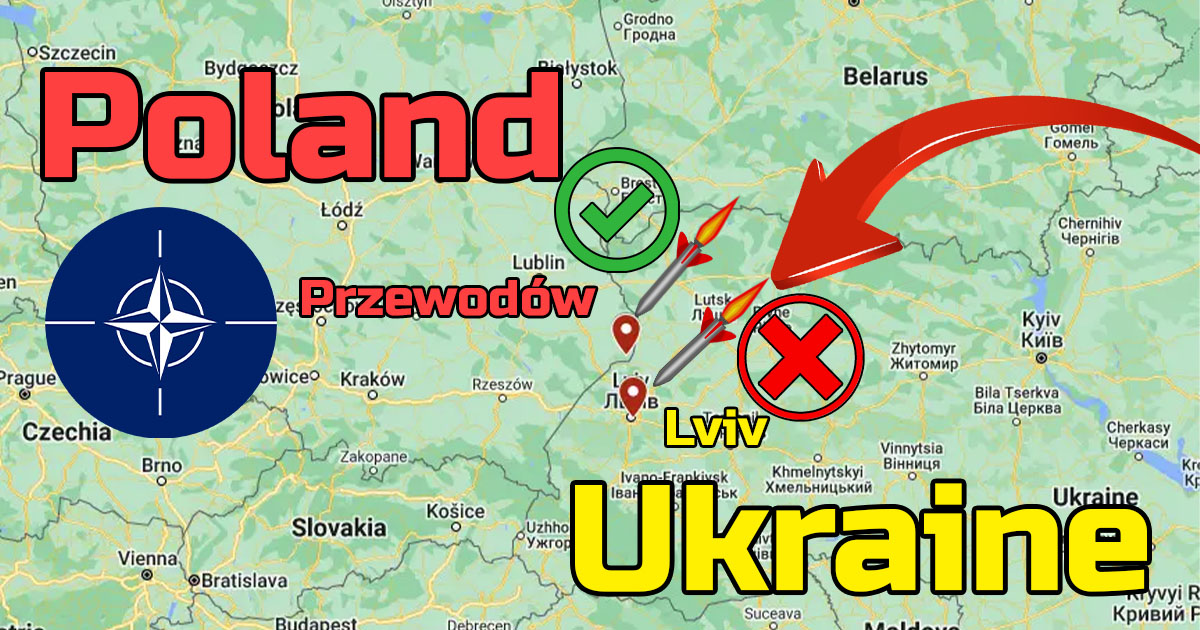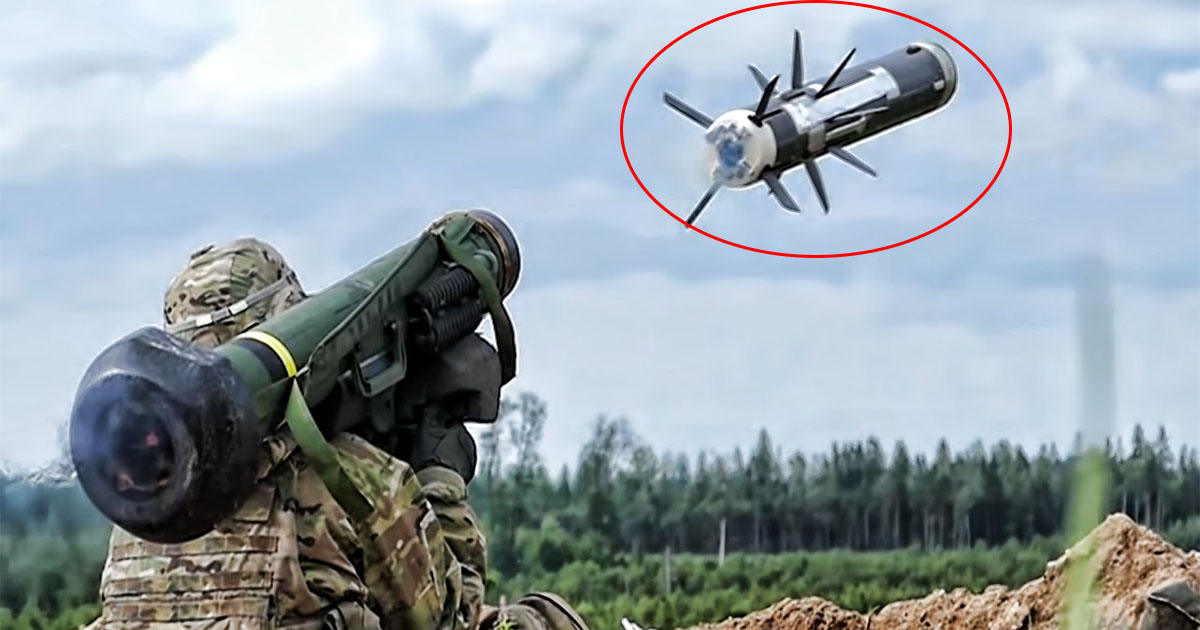
Anti-tank missiles are an essential part of every army’s arsenal. They are the first line of defense against land invasions. And what is the most dangerous military land vehicle used to invade countries? You guessed it, it’s the tank!
Fighter jets and helicopters have developed extensively since WWII, and they are now the most dangerous weapon available in every army around the world. They are the most destructive and the most powerful. But let’s face the truth: if your troops are not putting their feet on the land, you don’t have control over it.

Yes, you might have very precise missiles that are launched far away from their targets, and yes, you might have the mightiest fighter jets and destroy your enemy’s infrastructure and military bases. But again, you are not on the land! And your army doesn’t have control over it.
For this reason, tanks are the most threatening military vehicle for every country in the world. And this is why anti-tank missiles are the most important part of every army’s arsenal in the world.
Javelin is one of the most famous and powerful anti-tank missiles in the world. And it is famous for many reasons.
Why is Javelin considered an unstoppable anti-tank missile? What countermeasures do the tanks use to stop Javelin? How does Javelin pass tanks armors? And what are the limitations of Javelin?
What is Javelin?
Javelin is a lightweight spear that used to be a wide range weapon in the old days, but today it is used in a sports game in the Olympics known as the Javelin throw. What?!! I’m not joking; this is what a Javelin means, and the “anti-tank missile” Javelin has this name on purpose.
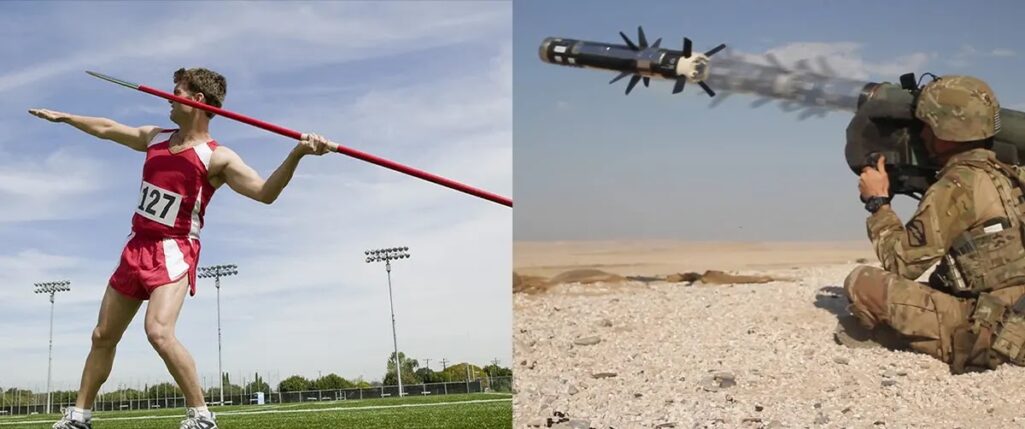
It is named Javelin since it has the ability to move like it. It goes up in the sky and gets down to the target from the top with a steep angle like the spear. Creative name, right?! Now back to the point.
The Javelin is an anti-tank missile weapon that uses the target’s infrared image to follow it. It was produced for the US army in 1996 by Raytheon & Lockheed Martin and is still in continuous development until now.
It has a maximum attacking range of 2,500 m (8,200 ft). Javelin has a command launch unit that is used by the soldier to choose the targets and the attack mode.
Speaking of attack modes, Javelin has two important attack modes, the Direct Attack and the Top Attack modes.
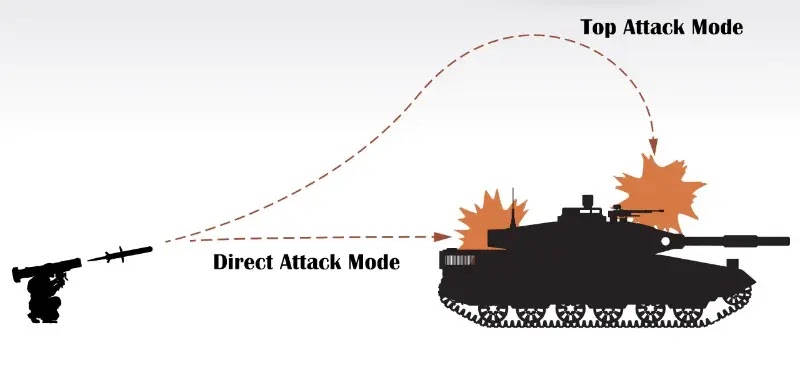
U.S. Department of Defense; GlobalSecurity.org
Direct Attack Mode
The direct attack mode or line-of-sight attack mode is a normal missile path that goes directly to hit its target. The missile could be controlled to how much it has to climb before rushing towards the target.
This mode is useful against vehicles that are so close, and the Top Attack mode is unpractical. The missile could reach a maximum altitude of 60 m (200 ft) with the direct attack mode.
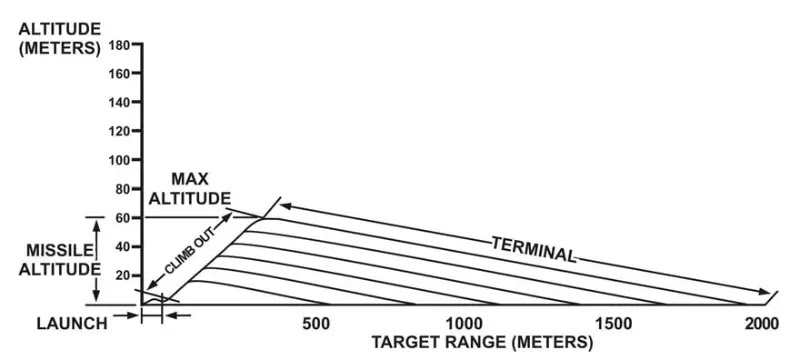
Top Attack Mode
The top attack mode or top-down attack mode is why this missile is named Javelin. After launch, the missile must climb fast and cruise at a high altitude before diving on top of the target.
This attack mode is what makes the Javelin special since the top of the tank is usually the least armored part, having the thinnest armor. This mode makes the Javelin so deadly to the most protected tanks.
The missile could reach a maximum altitude of 150 m (490 ft) with the top attack mode.
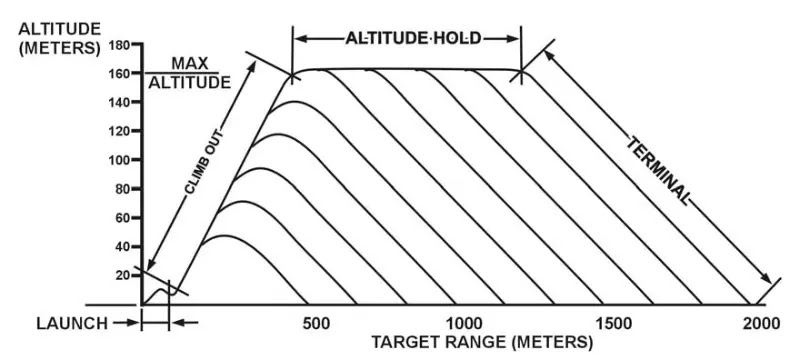
How does Javelin Works?
As mentioned before, Javelin uses infrared to follow its targets, but once fired, Javelin is different from other anti-tank missiles. Javelin has two motors responsible for its movement, the Launch motor and the Flight motor.
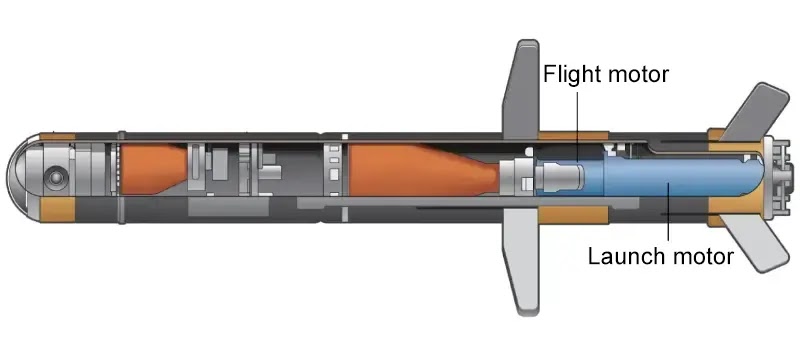
Once fired, the launch motor gets the missile out of the tube. This will push the missile out with very little heat or smoke produced. After that, the flight motor is activated, driving the Javelin towards its target.
But why does Javelin has two motors and fly in this way?
Let’s first watch the following video to see this movement in action:
Now back to the question:
Why does Javelin has two motors and fly in this way?
This method of launching the missile is to protect the soldiers from being detected by the enemy’s heat sensors. If the missile would ignite directly inside the tube, this will increase the temperature of the tube and its surrounding significantly, making the place obvious and exposed to the heat sensors.
This is known as the “fire and forget” system, which allows the soldier to fire the missile and go take cover or even load a new one without worrying about being exposed. This is not everything; Javelin could also pass reactive armor easily. Let’s see how.
How Javelin Passes Reactive Armor?
If you don’t know what reactive armor is, it is a type of vehicle armor that is used to protect tanks from missiles. It counters the fire with fire! If you don’t know how it works, there you go:
Reactive armor is made from 4 layers:

U.S. Department of Defense; GlobalSecurity.org
- The first one is the outer layer that you see with your eyes. It is the exterior of the tank.
- The second layer is the Explosive layer which contains explosive material that will cause the attacking missile to explode before reaching the hull or the inside of the tank.
- The third layer is the Inner layer. It is usually the same as the outer layer. It provides more protection to the inside of the tank from the explosion happening outside.
- The last layer is the actual tank body that must be well protected to save its crew.
This seems to be a powerful system that will protect the tank and its crew very well. But sorry, not with Javelin.
Javelin counters this armor system by having two warheads instead of one. The first warhead is what is known as the precursor warhead is at the tip of the missile. It will be the first to come in touch with the reactive armor, causing it to explode.
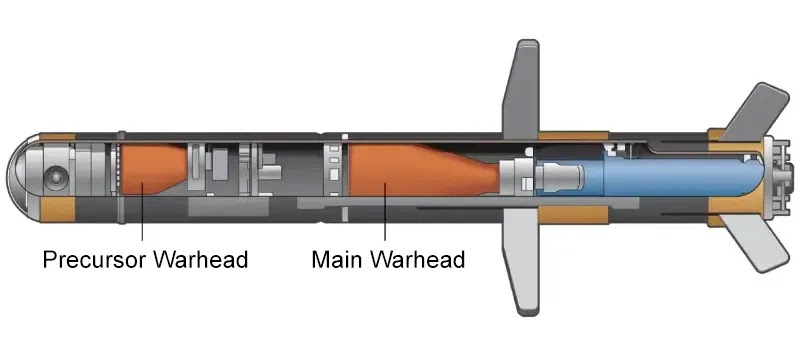
U.S. Department of Defense; GlobalSecurity.org
However, the missile will continue to penetrate the inner layer, reaching the tank’s hull and then the second warhead, known as the main warhead, will explode, causing a massive and deadly hit to the tank and its crew.
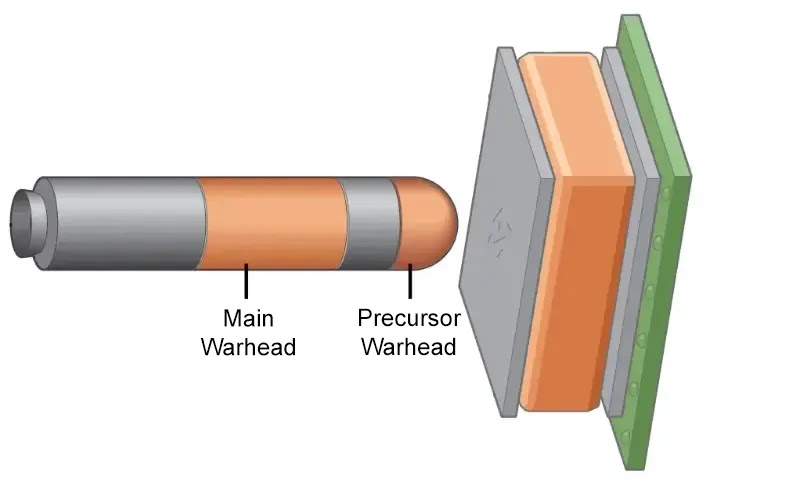
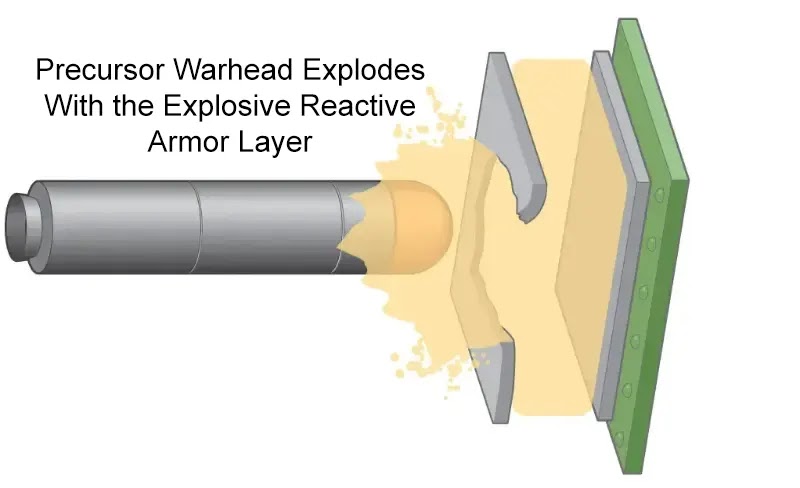
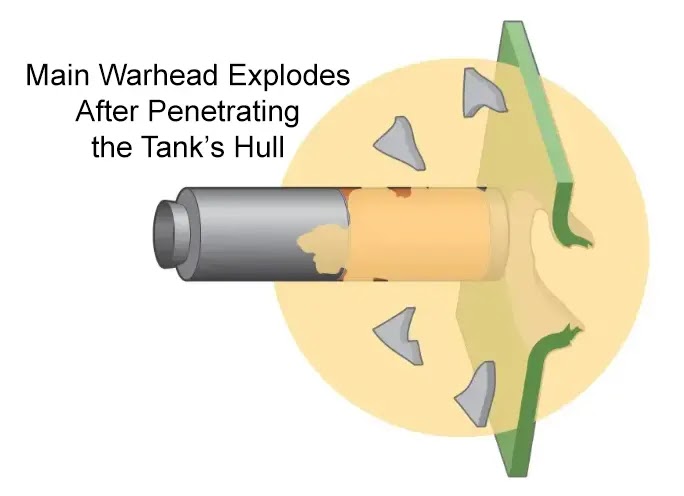
U.S. Department of Defense; GlobalSecurity.org
So Javelin is the perfect anti-tank missile? Not completely. Everything has a downside, and Javelin has some.
Javelin Limitations
We can’t argue that Javelin is an outstanding anti-tank missile, but it is not easy to produce, and it is not cheap at all!
The latest data shows that the missile production alone costs around $240,000, and the production of the command launch unit costs around $249,700, according to the Pentagon’s 2021 budget. This means that firing one missile costs around a quarter-million dollars, and losing the launch unit adds up to a total of half-million dollars.
Comparing these numbers to the top main battle tanks will be a winning situation for Javelin. For example, the T-90 Russian tank costs per unit about 2.5-4.5 million dollars, depending on the model. Or the Chinese Type 99 tank that costs around 2 million dollars.
On the other hand, using Javelin against light armored vehicles or infantry fighting vehicles could be a losing battle since these vehicles usually cost a lot less than main battle tanks.
This problem could be solved by limiting the usage of Javelin against top high-cost vehicles. And using any cheap missile to target light vehicles.
Conclusion
Javelin is an unstoppable anti-tank missile that follows the targets using its infrared image. It employs the “fire and forget” system that lets the soldiers fire the missile and gets cover or load another missile since the Javelin is computer-guided.
It has the ability to attack tanks directly or from the top and also could pass the reactive armors using two warheads. However, Javelin is not a cheap anti-tank missile and shouldn’t be used against low-cost light military vehicles since this will be a losing battle for the Javelin side.
Do you think Javelin is the best anti-tank missile in the world? And how could the tanks avoid the deadly Javelin hits? Please leave your comments in the below comments section.


